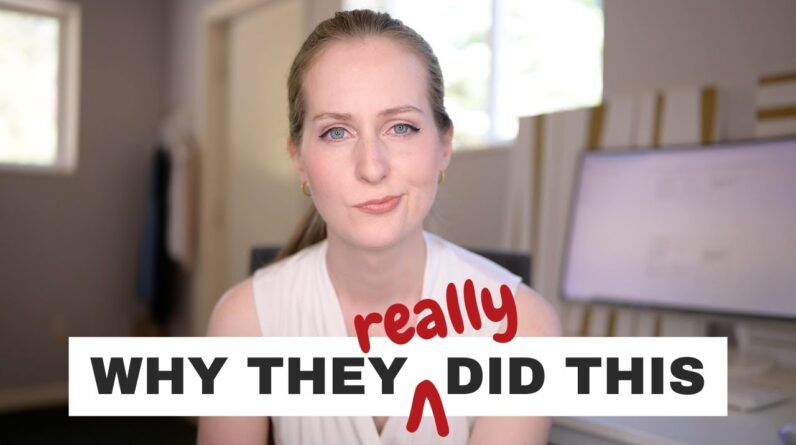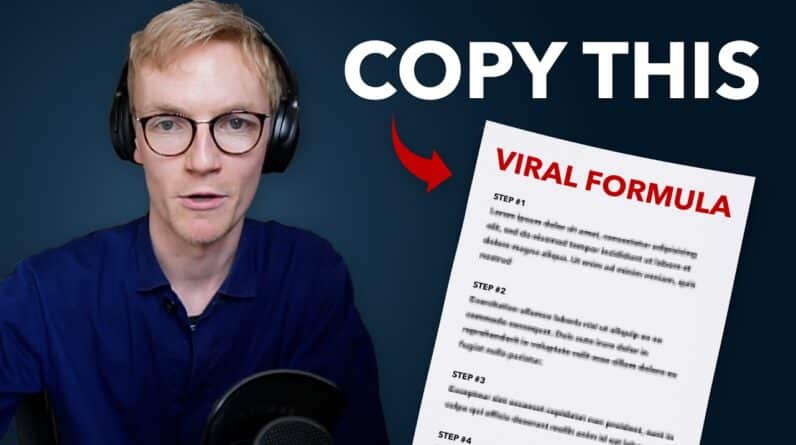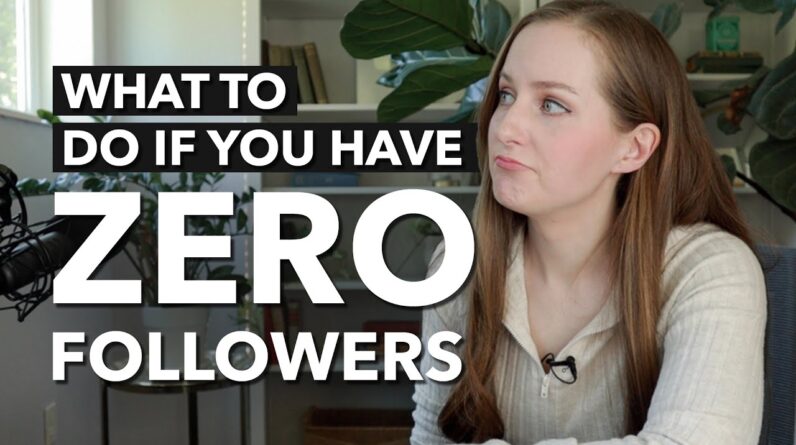
I can't help but express my frustration when it comes to YouTube's new monetization policy. As a content creator, I have invested countless hours in producing videos for my audience, only to have my efforts undermined by this new policy. Personally, I feel disheartened and discouraged by the lack of transparency and fairness in YouTube's decision-making process. In this blog post, I will delve into the implications of this policy change and share my thoughts on why it has left me feeling frustrated and disillusioned. So, join me as I embark on a brief rant where I aim to shed light on the impact of YouTube's new monetization policy and explore potential solutions.
Introduction
Hey there, let's have a little chat about YouTube's latest monetization policy. Now, I don't want to sound like a negative Nancy, but I have a few things I need to get off my chest. So, grab a cuppa and let's dive into this brief rant on YouTube's new monetization policy.
I. What's with the Changes?
So, YouTube decided it was time to shake things up and introduced some changes to its eligibility requirements. As a creator, staying informed is crucial, so I'll break it down for you. Previously, to monetize your content, you needed 1,000 subscribers and 4,000 watch hours within the last 12 months. Now, you'll need to hit the benchmarks of 500 subscribers and a whopping 3,000 watch hours.
II. The Big Bucks Game
Now, I'm no economist, but I must admit, I'm a tad curious about how YouTube earns its revenue. YouTube primarily makes money through advertisements. You know those ads that interrupt your favorite videos? Yep, those are the moneymakers. Additionally, YouTube has its premium subscription service that provides an ad-free viewing experience and exclusive content.
III. Who Motivated the Changes?
It's time to put on our detective hats and explore the motivation behind these changes. According to YouTube, the aim is to ensure that channels monetizing their content meet a certain level of quality and engagement. They want to create an environment that rewards creators who have established a dedicated audience. But some of us can't help but wonder if there's more to this story.
IV. Hope for the Smaller Channels
While these changes may seem disheartening for aspiring YouTubers with smaller channels, there is a silver lining. With the lowered eligibility requirements, more creators now have the opportunity to monetize their content and potentially earn some extra bucks. It's like opening the gates to a whole new world of possibilities.
V. Concerns about Small Channels
Now, call me a worrywart, but I do have some genuine concerns about the potential negative impact on small channels. YouTube has always been a platform for creators to express themselves and earn passive income through ad revenue. By raising the bar for monetization, some creators may feel discouraged and give up on their dreams. That's a real bummer.
VI. Ad Revenue and More
As we all know, YouTube makes its dough through ad revenue and YouTube premium subscriptions. However, there are other monetization features available to creators, depending on their promotion skills. These alternatives include Super Chat, Channel Memberships, and merchandise shelf. It's like a whole buffet of money-making options.
VII. The Profitability Puzzle
Now, let's talk about the difference in profitability between ad revenue and these other features. Ad revenue is the most passive way to earn money on YouTube, but it may not offer the same financial rewards as the other monetization features. Perhaps YouTube wants to nudge creators towards exploring these alternative strategies, which could potentially be more profitable.
VIII. Finding the Sweet Spot
As a creator, finding the most profitable and least effort-intensive strategies is crucial. It's a balance between chasing the dollars and maintaining your sanity. YouTube's new policy might just push creators to explore other monetization avenues, even if it means putting in more active effort. It's all about finding that sweet spot between maximizing earnings and preserving your sanity.
IX. Concerns and Business Decisions
Let's be fair, YouTube is a business, and they have every right to make decisions that increase their revenue. I'm not here to dispute that, but I do worry about how these changes will impact creators and their ability to earn a passive income. Sometimes, it feels like the little guys get the short end of the stick.
X. Conclusion
In conclusion, YouTube's new monetization policy has caused quite a stir in the creator community. While it does open doors for smaller channels to monetize their hard work, there are genuine concerns about the potential negative impact on aspiring creators. As YouTube continues to evolve and grow, let's hope they find a way to strike a balance between profitability and supporting creators.
FAQs After The Conclusion:
-
Q: Why did YouTube change its monetization policy?
A: YouTube changed its monetization policy to ensure that channels monetizing their content meet a certain level of quality and engagement. -
Q: How can smaller channels monetize their content?
A: Smaller channels can monetize their content by reaching the new eligibility requirements of 500 subscribers and 3,000 watch hours. -
Q: What are the alternative monetization features on YouTube?
A: YouTube offers Super Chat, Channel Memberships, and merchandise shelf as alternative monetization features for creators. -
Q: Is ad revenue the most profitable way to earn money on YouTube?
A: Ad revenue is a passive way to earn money on YouTube, but the profitability of other monetization features may vary. -
Q: What are the concerns with YouTube's new policy?
A: Some concerns include discouragement for smaller channels and a potential shift towards less passive ways of earning money on YouTube.







